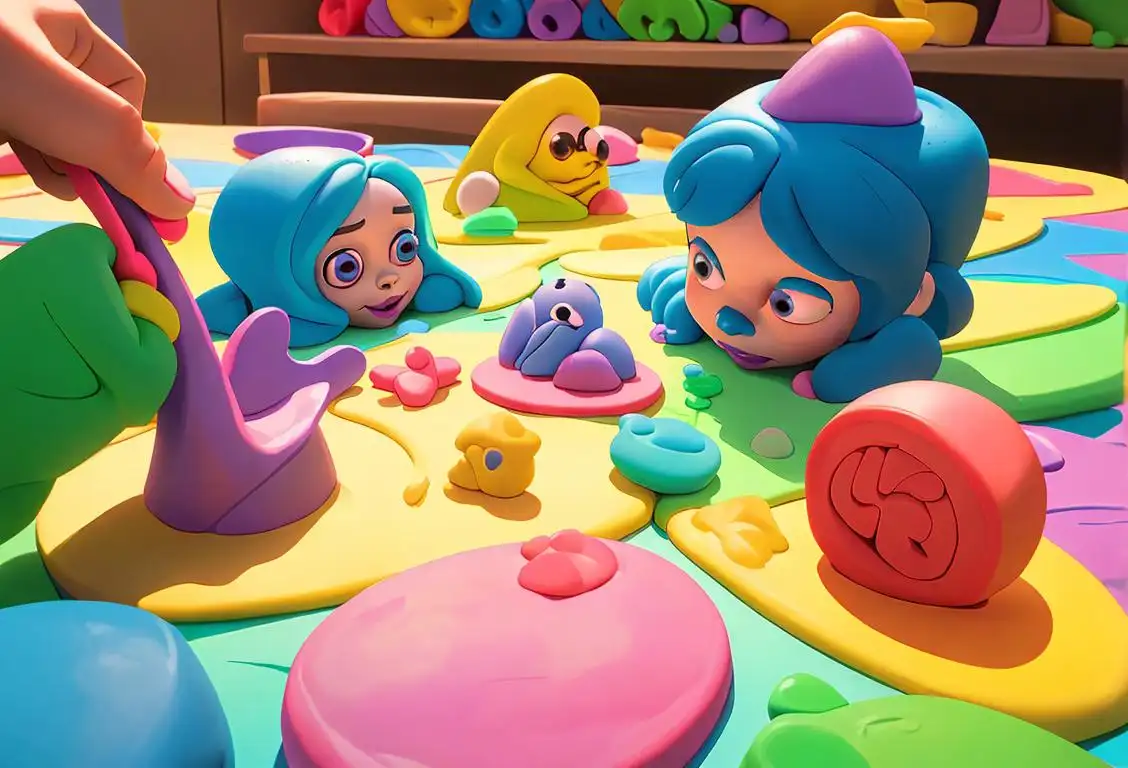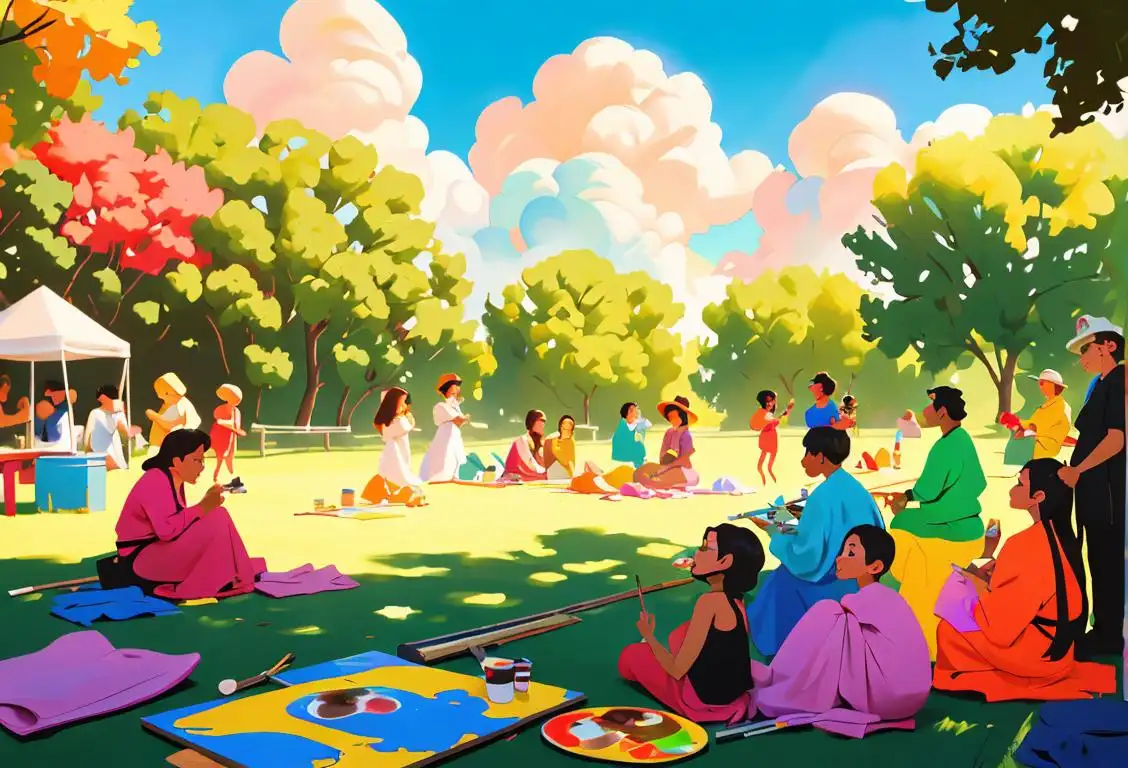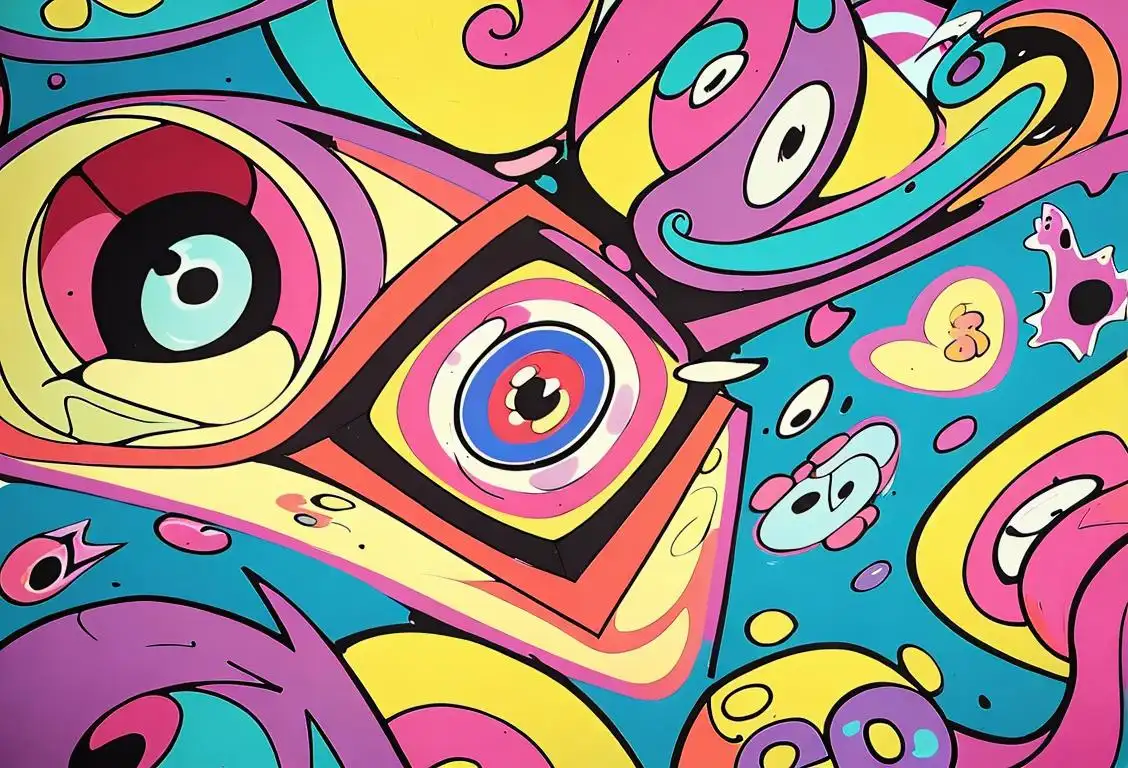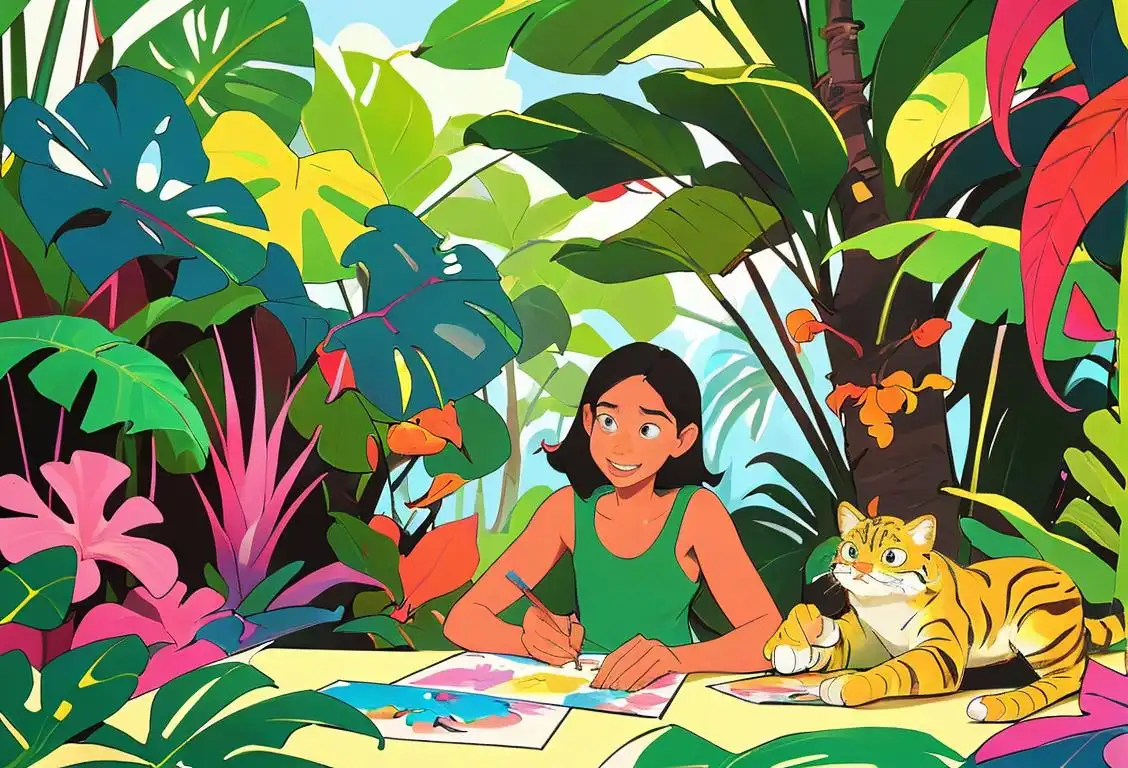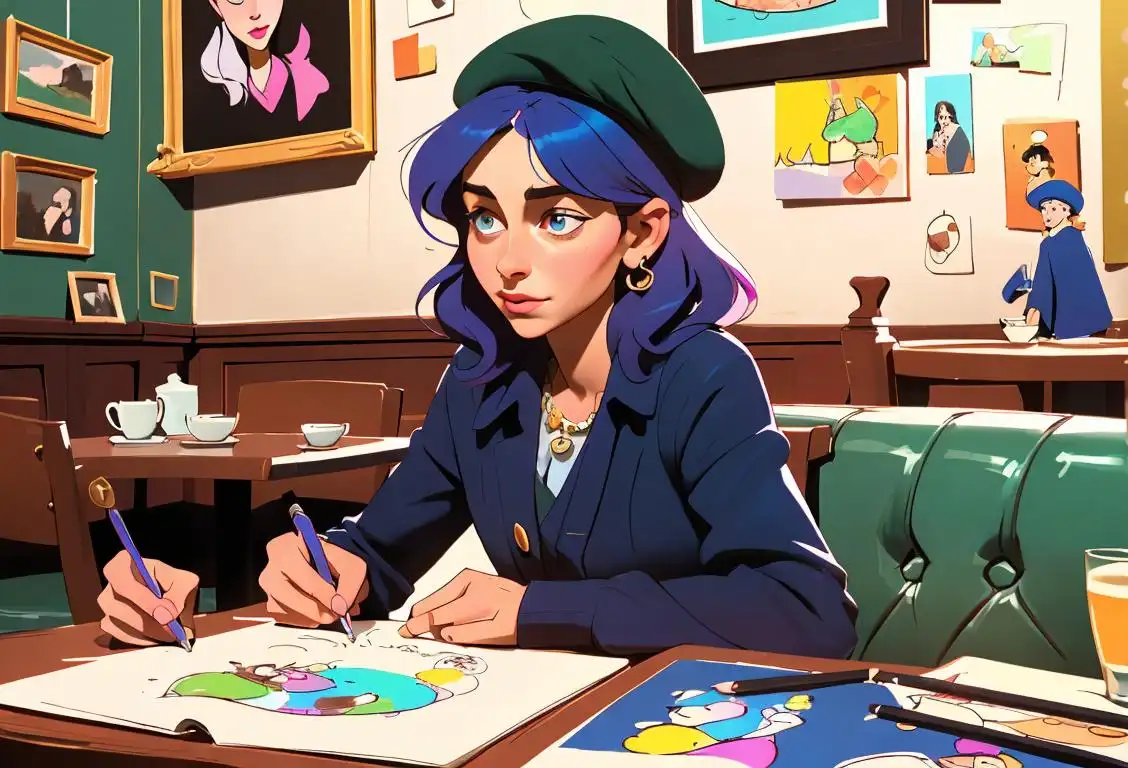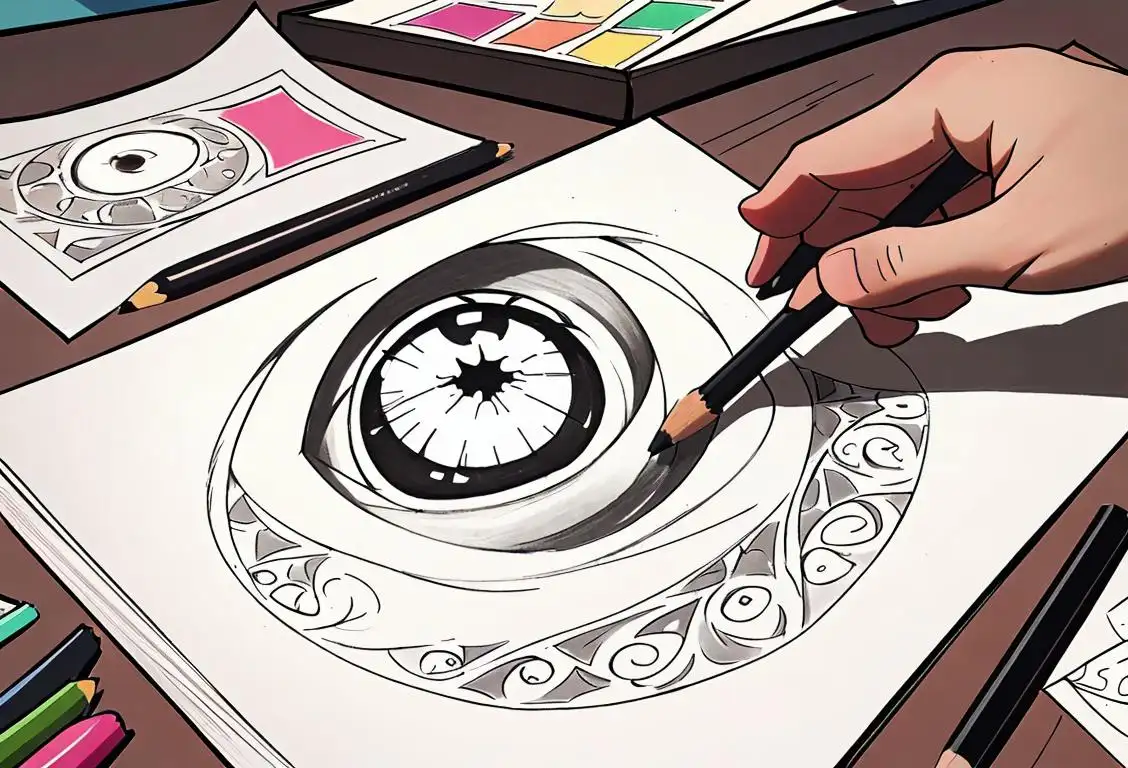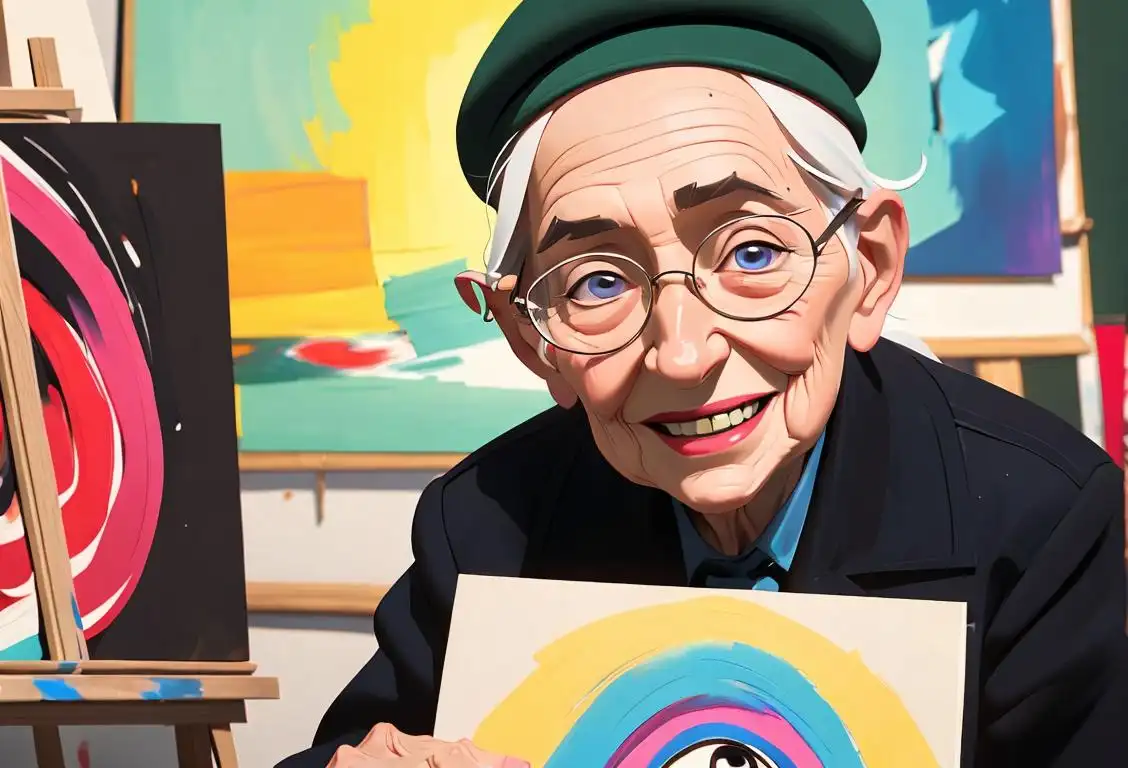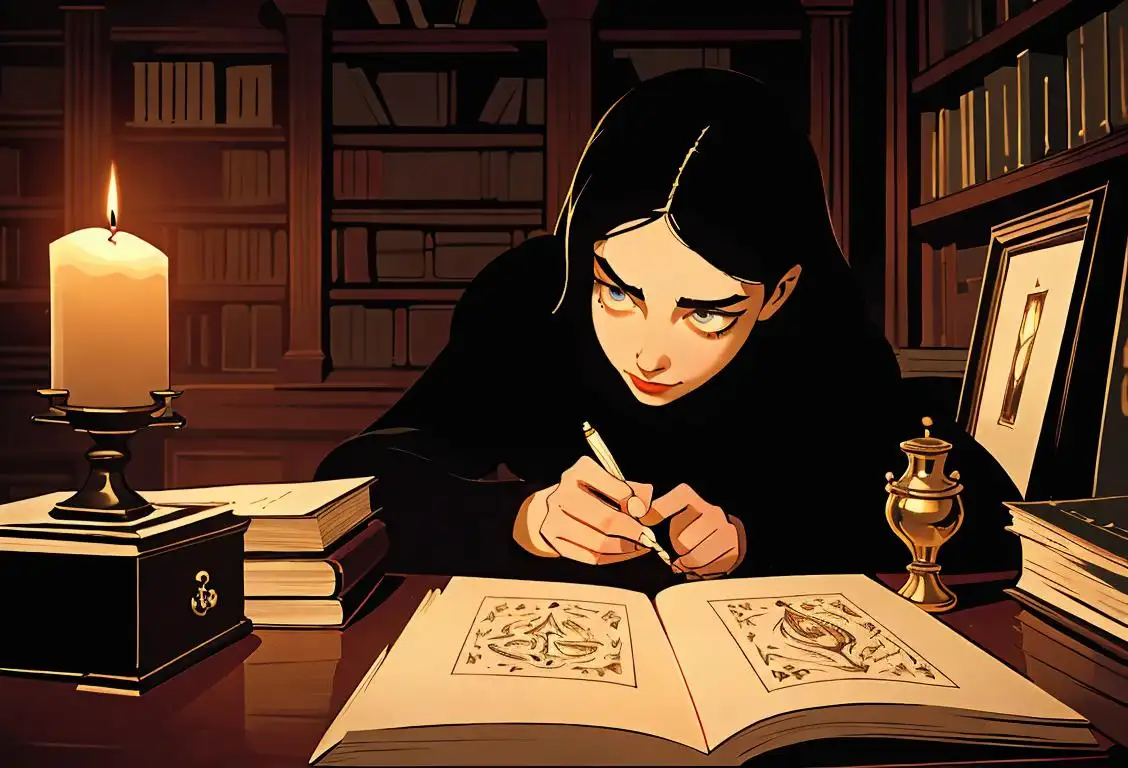National Chalk Day
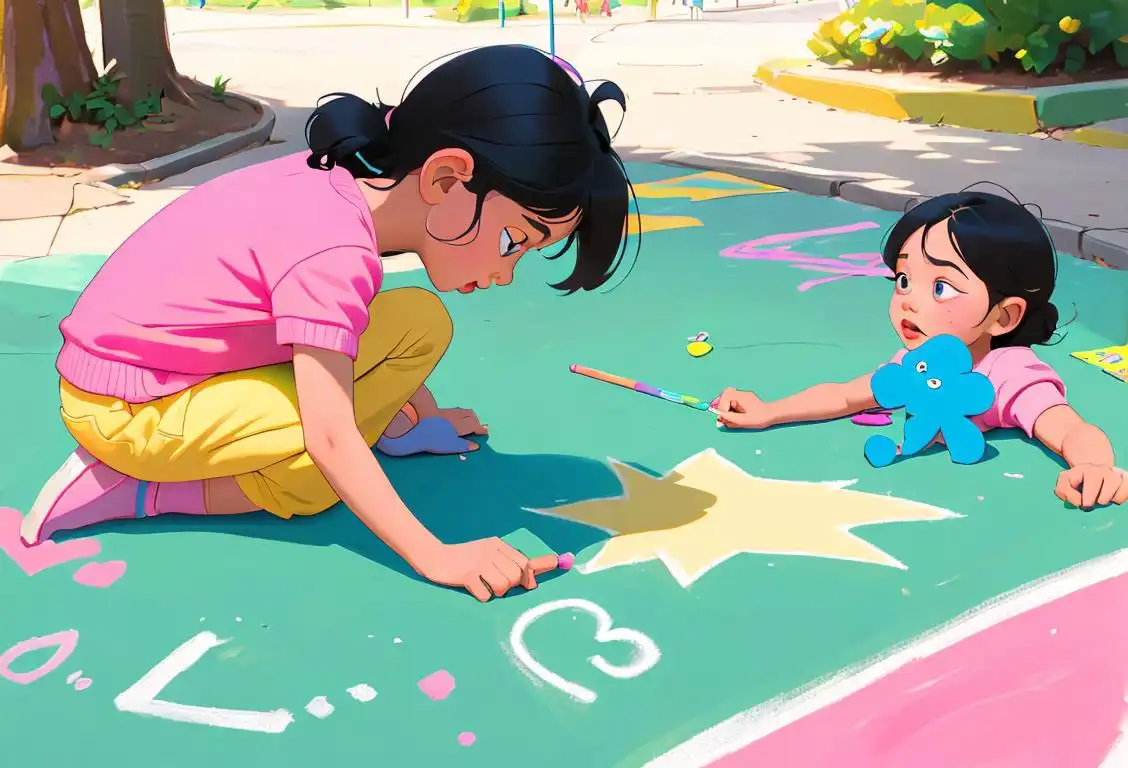
Ah, National Chalk Day! A day where we celebrate the unsung hero of our childhoods - that brilliant little stick of colorful dust that brought our imaginations to life. Whether it was drawing hopscotch grids on the pavement or creating epic masterpieces on a chalkboard, chalk holds a special place in our hearts. So, get ready to dust off your creativity and join in the celebration!
When is Chalk Day?
It's national chalk day on the 3rd April.
The History of National Chalk Day
While the history of National Chalk Day is as hazy as a chalk dust cloud, its origins can be traced back to the nostalgic memories of countless people who grew up playing with this humble artistic tool. This day is not only a celebration of chalk itself but also a tribute to all the fun, laughter, and creativity it has brought into our lives.
Chalk has been used for centuries as a means of communication, expression, and play. From ancient cave paintings to medieval manuscript illuminations, chalk has left its mark throughout history. However, it wasn't until modern times that chalk truly became a beloved childhood staple.
With the invention of the chalkboard, chalk found its true calling. The iconic screeching sound as the chalk made contact with the board became synonymous with the classroom experience. Who could forget the rush of being chosen to write on the board, the anticipation of having your hand covered in a rainbow of chalk colors, and the ultimate satisfaction of erasing it all with a swift swipe?
But it's not just in the world of education that chalk has left its mark. Sidewalk chalk transformed the streets and driveways of neighborhoods into vibrant outdoor art galleries. From hopscotch grids and tic-tac-toe boards to colorful drawings of imaginative creatures and landscapes, the possibilities were endless. Chalk gave us the freedom to let our creativity run wild, even if it meant a dusty mess and a few stained clothes along the way.
Today, National Chalk Day is celebrated all over the world as a way to honor this timeless art medium. People of all ages gather to create chalk masterpieces, participate in sidewalk chalk festivals, and share their creations on social media using the hashtag #NationalChalkDay. It's a day to let your imagination run free, channel your inner artist, and connect with the childlike joy that chalk brings.
Did You Know?
Did you know that the largest collection of chalk art was created in 2019 in St. Louis, Missouri? Over 5,000 people came together to create a massive mural stretching over 50,000 square feet, showcasing the power of chalk to unite communities and unleash creativity.
History behind the term 'Chalk'
3000 BCE
Early Origins
Chalk has a long and fascinating history, stretching back thousands of years to its early origins. The term 'chalk' derives from the Latin word 'calx,' meaning limestone. Limestone is the main component of chalk, which is a soft, white sedimentary rock composed of the skeletal remains of marine microorganisms from ancient oceans. People in ancient civilizations, such as the Egyptians and Mesopotamians, discovered and utilized chalk for various purposes, including writing, drawing, and marking.
43,000 BCE
Ancient Origins
Chalk's history dates back to ancient times. The earliest evidence of chalk usage was found in caves in France, where ancient drawings were made using sharp pieces of chalk. These cave paintings provide insight into the cultural practices and artistic skills of early human societies.
16th century
Chalk in Education
During the 16th century, chalk gained significant prominence in education. Teachers began using chalk as a writing instrument on blackboards, which were often made of slate or rough wood coated with black paint. The ability to easily erase and make corrections made chalk an ideal tool for teaching and interacting with students. This marked the beginning of the widespread use of chalkboards and the term 'chalk' becoming synonymous with education.
40,000 BCE
Natural Formation
Over thousands of years, chalk formed in the seabed as tiny marine organisms called coccolithophores, which lived in vast numbers, accumulated their remains on the ocean floor. Millions of these microscopic shells, composed mainly of calcium carbonate, compressed and solidified to create sedimentary rock known as chalk.
1300 BCE
Early Usage
Egyptians were among the earliest civilizations to use chalk. They used it for various purposes, including writing on papyrus scrolls, creating artwork, and even decorating their tombs. The Egyptians discovered that crushed chalk, mixed with water and pigments, could create vibrant colors for their paintings.
19th century
Industrial Revolution and Chalk
The 19th century saw the rise of the Industrial Revolution, which greatly impacted the use of chalk. With the expansion of industry and the development of machinery, the demand for chalk increased dramatically. Chalk was used in various industries, including textile manufacturing, metalworking, and construction. Its properties, such as its ability to absorb moisture and its use as a drying agent, made it valuable in industrial processes. The term 'chalk' became associated with these booming industries and their advancements.
16th Century
Chalkboards and Education
In the 16th century, chalk's role in education began to emerge. Teachers started using small pieces of chalk to write on slate boards, thus giving birth to the chalkboard. This revolutionary teaching tool made it easier to transmit knowledge, enabling students to learn from visual aids and allowing teachers to erase and correct mistakes easily.
20th century
Chalk in Sports
In the 20th century, chalk found its way into the world of sports. Gymnasts and weightlifters began using chalk to improve their grip and prevent slipping during performances and training. The fine texture and moisture-absorbing qualities of chalk made it ideal for providing a better grip on bars, rings, and weights. This practice continues to this day, especially in sports like rock climbing, where chalk is a crucial tool. The term 'chalk' became associated with athletes and their pursuit of excellence.
21st century
Digital Revolution and Chalk
With the dawn of the 21st century, the digital revolution has profoundly impacted various industries, including education. While traditional chalkboards have been gradually replaced by digital whiteboards and projectors, the term 'chalk' continues to be used figuratively. Phrases like 'chalk it up' and 'chalk and talk' still find their place in conversations, evoking the nostalgia and symbolism associated with traditional teaching methods. The term 'chalk' has become a metaphorical representation of the old methods in contrast to the new digital technologies.
19th Century
Industrial Uses
With the rise of the Industrial Revolution, the demand for chalk expanded beyond the classrooms. Chalk mining became prominent as industries discovered its usefulness for manufacturing processes. Chalk's properties, such as low impurities and ability to absorb liquids, made it valuable for making cement, refining sugar, and as a filler in various products.
20th Century
Sidewalk Chalk and Recreation
In the 20th century, chalk found its way into recreational activities. Sidewalk chalk became a popular pastime for children, allowing them to create temporary artworks on pavements and driveways. This simple and inexpensive form of artistic expression stimulated creativity and outdoor play, fostering imagination and social interaction.
Present
Modern Applications
Today, chalk continues to be used in various domains. It remains an essential tool for educators, especially in schools where traditional chalkboards are still in use. Additionally, chalk is utilized in sports like billiards and rock climbing for better grip and reduced friction. It is also used in laboratories, construction, and the arts due to its versatile nature.
Did you know?
Did you know that the largest collection of chalk art was created in 2019 in St. Louis, Missouri? Over 5,000 people came together to create a massive mural stretching over 50,000 square feet, showcasing the power of chalk to unite communities and unleash creativity.Tagged
fun creativity artFirst identified
3rd April 2016Most mentioned on
3rd April 2016Total mentions
8Other days
Television Because Someone Graffitied His Driveway Day
Play Doh Day
Canvass Day
Scribble Day
Ormille Day
Coloring Book Day
Doodle Day
Drawing Day
Artists Day
Dark Poetry Day

